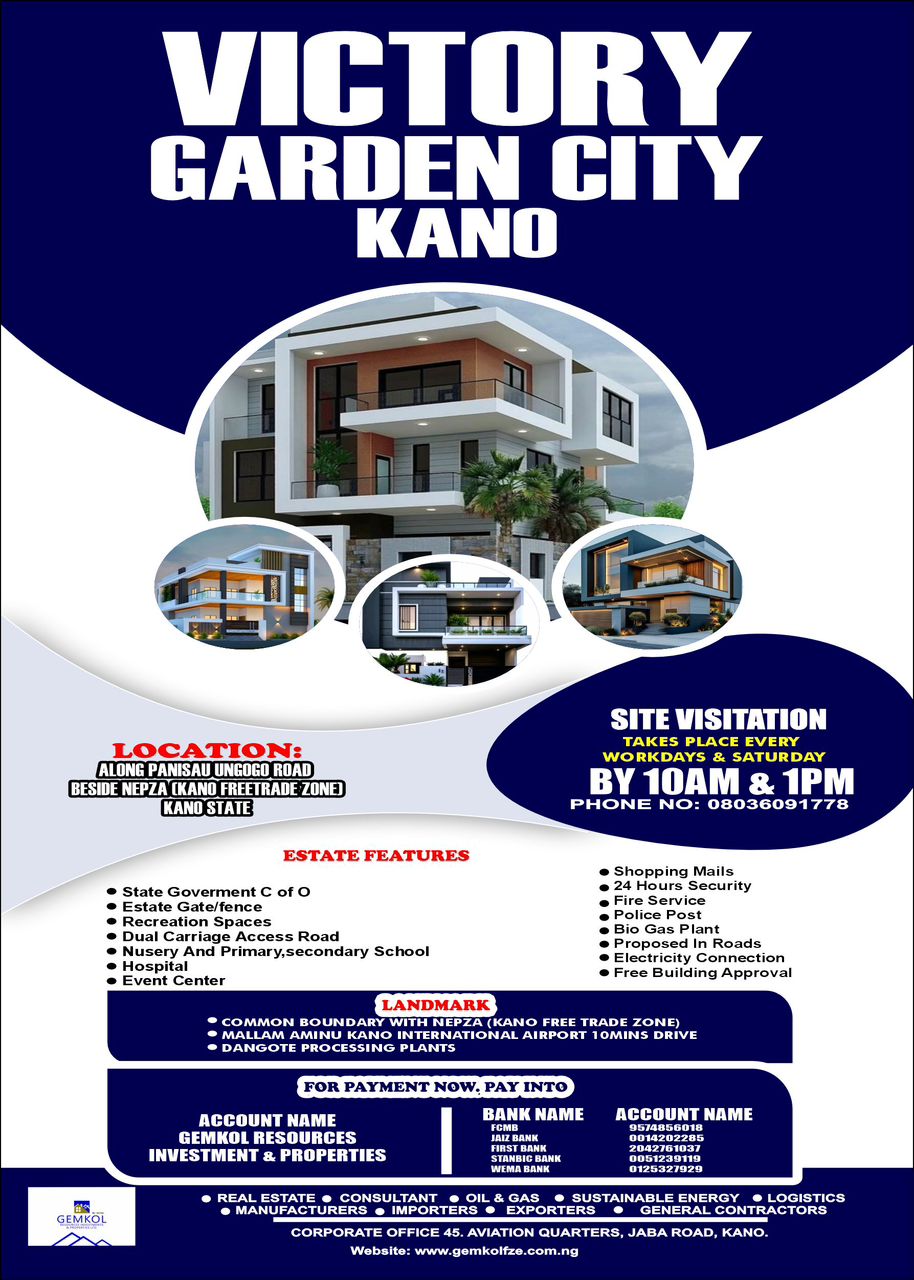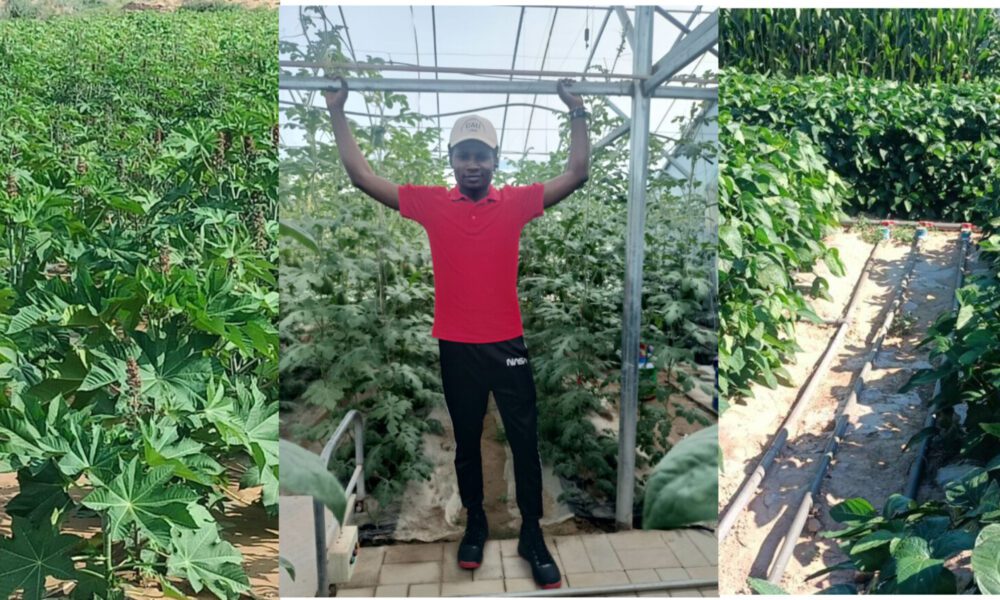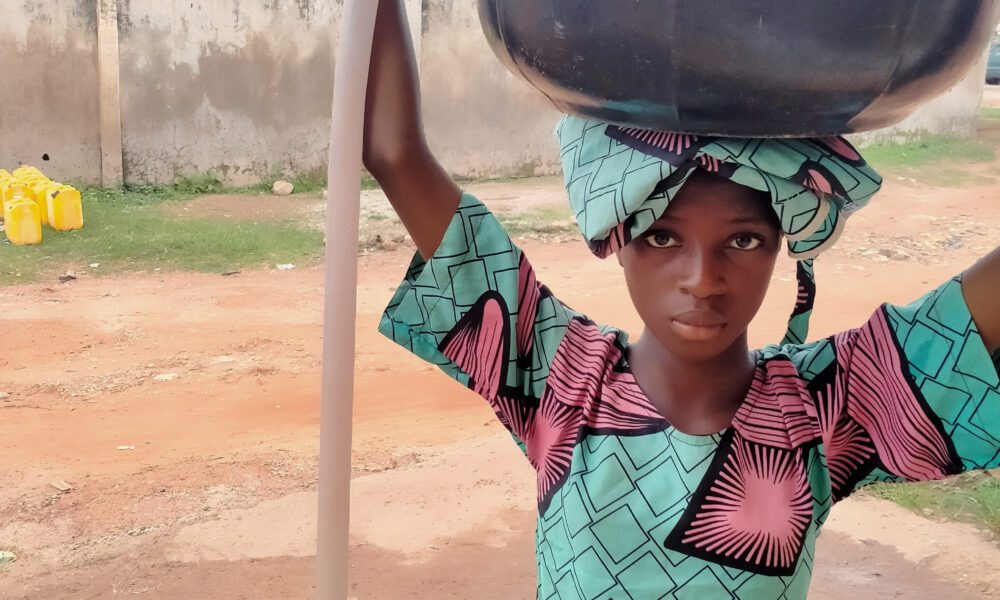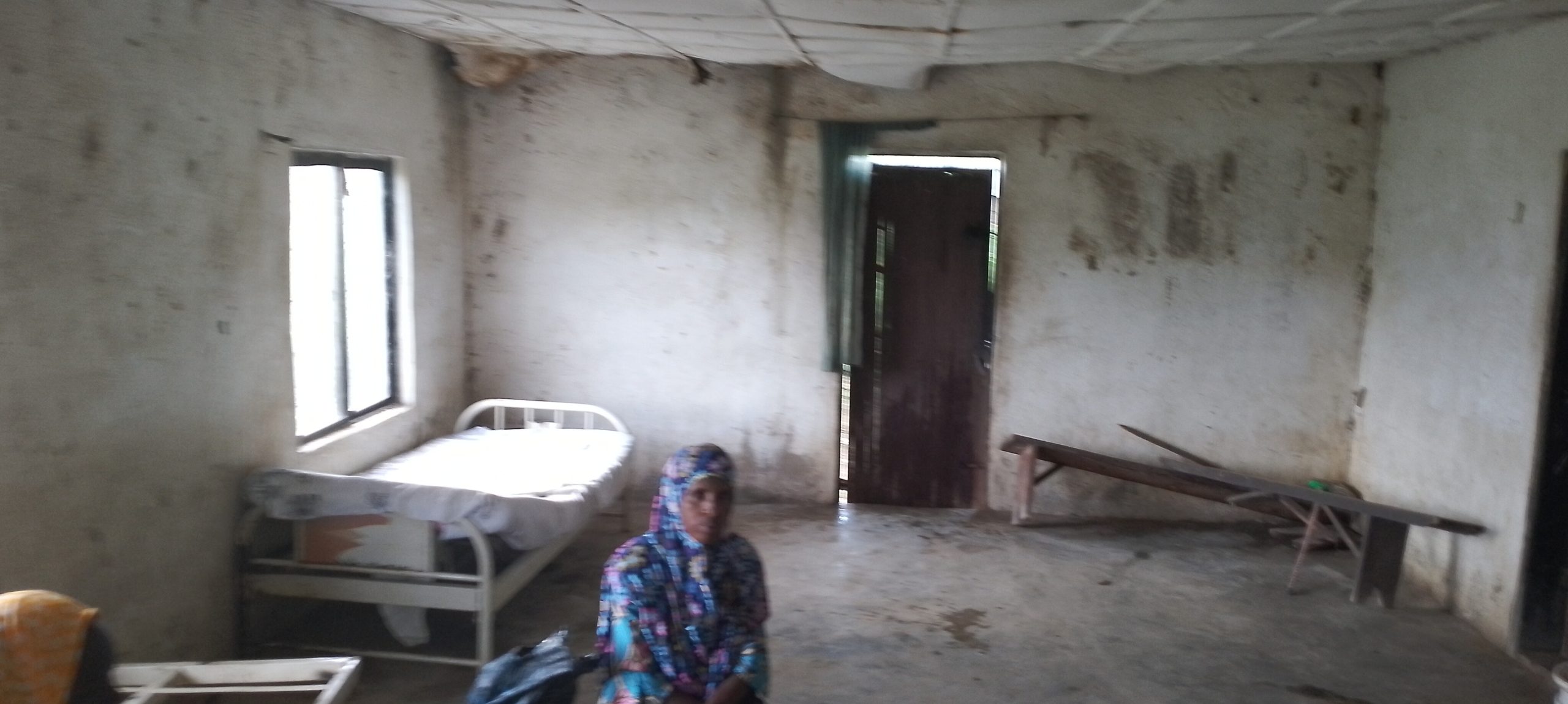By OKAIYETO Samuel Ariyo
As an International PhD student, I had a four-day field trip to the Shiyang River Basin and its surrounding areas from 18th to 23rd July, 2024. The trip was organized by the China-Africa Joint Center for Arid Region Agriculture Exchange Demonstration and Training (Shiyang River). This initiative was in response to President Xi Jinping’s call for high-level China-Africa community engagement. The trip aimed to provide local and international students from China Agricultural University (CAU) exposure to modern innovative water management practices, agricultural advancements, and cultural heritage in the desert region. The activities included visiting an agricultural research experimental station, water and soil conservation projects, and agricultural and cultural sites, as well as examining government projects focused on combating desertification and optimizing water use at Wuwei Oasis, Gansu Province. This article provides the observations and findings made for the benefits of countries in sub-Saharan Africa and others with similar desertification challenges.
Day 1: Visit to National Field Scientific Observation and Research Station and Huanghuatan Water Supply Project
On July 19, 2024, we visited the National Field Scientific Observation and Research Station in Wuwei, Gansu Province. Professor Niu affirmed that the station was located at Wuwei Oasis to optimize the limited available water for agricultural purposes in the region, improve the livelihood of local farmers, and prevent the Tengger Desert and Badain Jaran Desert from converging. The station focuses on researching and demonstrating water-saving irrigation technologies, monitoring soil moisture, and promoting adaptive agricultural practices. Key projects include advanced irrigation systems, optimal fertilizer combinations in water stress conditions, soil and root monitoring, and drone-based water stress monitoring for precise interventions to enhance agricultural output. For example, irrigation systems are designed to mitigate the impacts of climate change and maintain crop productivity under changing climatic conditions. Additionally, organic and inorganic fertilizers are used to promote crop growth and manage water consumption efficiently.

Sodybean experimental farm with well-designed irrigation system
During our visit to the experimental station, we also went to Gulang county where we witnessed the Huanghuatan Water Supply Project. This impressive initiative features a 3.7 million cubic meter water reservoir situated in Gangcheng town. It effectively redirects water from the Yellow River to local reservoirs, supports afforestation efforts, and helps combat desertification. The project plays a pivotal role in ensuring dependable water supplies for agricultural and household use, underscoring the significance of government involvement and infrastructure development in addressing water scarcity. Implementing similar water supply projects, such as the Huanghuatan Water Supply Project, in the extreme north of Nigeria, where average annual rainfall can be as low as 200 mm, can yield numerous benefits, including addressing critical issues like water scarcity, enhancing agricultural productivity, and fighting desertification.
Afterward, we visited the Pilot Project of Comprehensive Management and Utilization of Saline-Alkali Cultivated Land in Gulang County. According to the field leader, the field is divided into two parts. One part is the control experiment without treatment, while the other part contains experimental crops with different treatments, such as water and fertilizer integration plus organic fertilizer and soil remediation agents. As shown in the figure, there is a noticeable difference between the treated and untreated fields.

Day 2: Visit to Minqin County
On the second day, we visited Minqin County, where we explored the Hongyashan Reservoir, the Minqin Desertification Prevention and Control Memorial Hall, and the Laohukou Desertification Prevention and Control Demonstration Zone. The Hongyashan Reservoir, located in the lower reaches of the Shiyang River, is the largest man-made desert reservoir in Asia and is situated 30 km north of Minqin County. Construction on the reservoir began in 1958 and it has undergone three phases of expansion. Currently, the reservoir has a capacity of approximately 148 million cubic meters of water. This reservoir is vital for providing water for agriculture and restoring Qingtu Lake. It also plays a crucial role in maintaining the ecological security of the oasis, promoting high-quality development of the county, and improving the living standards of the locals.


The Minqin Desertification Prevention and Control Memorial Hall showcases the community’s dedicated efforts to combat desertification. The hall features various innovative initiatives aimed at preserving the local environment and promoting sustainable practices. One of the highlighted techniques involved the strategic use of square-shaped clay embankments and plant remains to effectively prevent soil erosion. A caption that caught my attention reads “Mobilization of the whole county, the whole people went to war of desertification, and carried forward diligence and perseverance, unafraid of hardship with unity of purpose.” These methods not only serve to protect the land but also symbolize the community’s unwavering commitment to environmental stewardship.

We then headed to the Laohukou Desertification Prevention and Control Demonstration Zone. Unfortunately, we were unable to reach the zone due to excessive loose soil on the road. Despite the travel difficulties, our team learned about the extensive afforestation efforts and the use of modern water-conserving technologies, which have significantly improved the ecological conditions in Minqin County. Over 3.5 million drought-tolerant plants have been established, and plant coverage in desert areas has reached up to 12%.
Day 3: Visit to Modern Agricultural Industrial Areas and Cultural Sites
On the third day, we visited Fafang town’s Modern Agricultural Industrial Area, which is well-known for its expansive greenhouses where crops like watermelon, tomatoes, and peppers are grown. In Fafang town, farmers share knowledge and directly trade with companies to improve market access. This agricultural model includes approximately 9,000 greenhouses, significantly boosting productivity and making a substantial economic impact. According to one of the farmers we spoke with, the cost of setting up a standard greenhouse is 120 Yuan per square meter, with a government subsidy of 20 Yuan per square meter. Typically, farmers earn a net income of over 36 million Yuan annually from greenhouse cultivation. Watermelons from these farms are packaged and exported to cities like Beijing and Shanghai, as well as to neighboring countries such as 


A student observing the development of watermelon in a greenhouse
To conclude our tour in Wuwei city, we visited the Wuwei Municipal Museum and the Leitai Museum for Chinese culture in Han dynasty. These visits left a profound impact on me, as I delved into the rich tapestry of ancient Chinese culture. One artifact that particularly captured my attention was the Bronze Galloping Horse, which is now a symbol of tourism. The horse is uniquely positioned, balancing on a single back foot, a feat only a well-trained horse in motion could achieve. This indicates that such horses were trusted with the care of older citizens and infants, highlighting the deep bond and reliance between humans and animals in ancient times. I was fascinated by the way ancient Chinese people made their possessions with creation and imagination, both daily use and with high artistic value.
These experiences filled me with awe and admiration for the ingenuity and spirituality of ancient Chinese civilization. It was a journey through time, one that I will cherish and reflect upon for years to come
Day 4: International Symposium on Agricultural Water Saving and Efficient Utilization of Water Resources
On the fourth day, we attended the International Symposium on Agricultural Water Saving and Efficient Utilization of Water Resources and the 6th Shiyang River Forum. The event brought together experts to discuss soil and water conservation, and advanced techniques for soil conservation to prevent soil erosion, enhance soil fertility, and improve water retention in agricultural fields. They also discussed smart agriculture technologies, including the use of IoT devices, precision irrigation systems, and data analytics to optimize water usage in farming. These technologies aim to increase crop yields, reduce water waste, and promote sustainable agricultural practices.
Conclusion
The field trip provided comprehensive insights into modern innovative agricultural practices, effective water management strategies, and the significant cultural heritage of the region. The visits and symposium emphasized the importance of technology and community efforts in addressing environmental challenges like water scarcity and desertification. The knowledge gained from this trip will contribute to ongoing efforts in promoting sustainable agriculture and efficient water use in various regions of the world with similar challenges. This trip highlighted the successful implementation of green initiatives in Gansu Province, transforming the area into a model for water-conserving agriculture and sustainable development.


